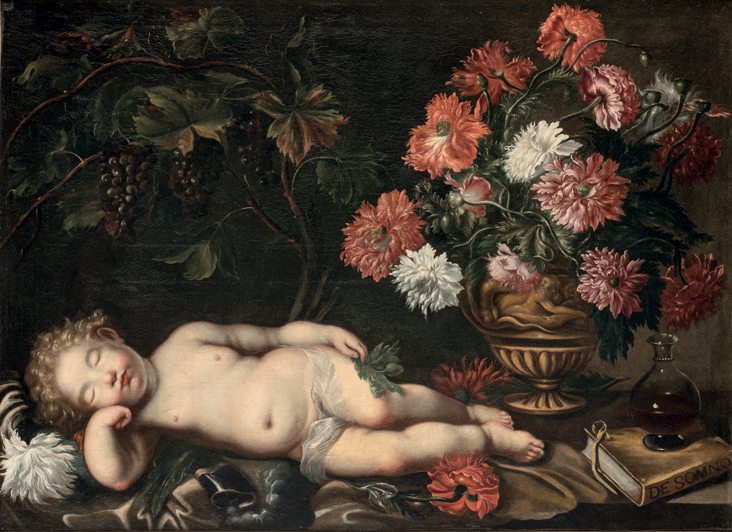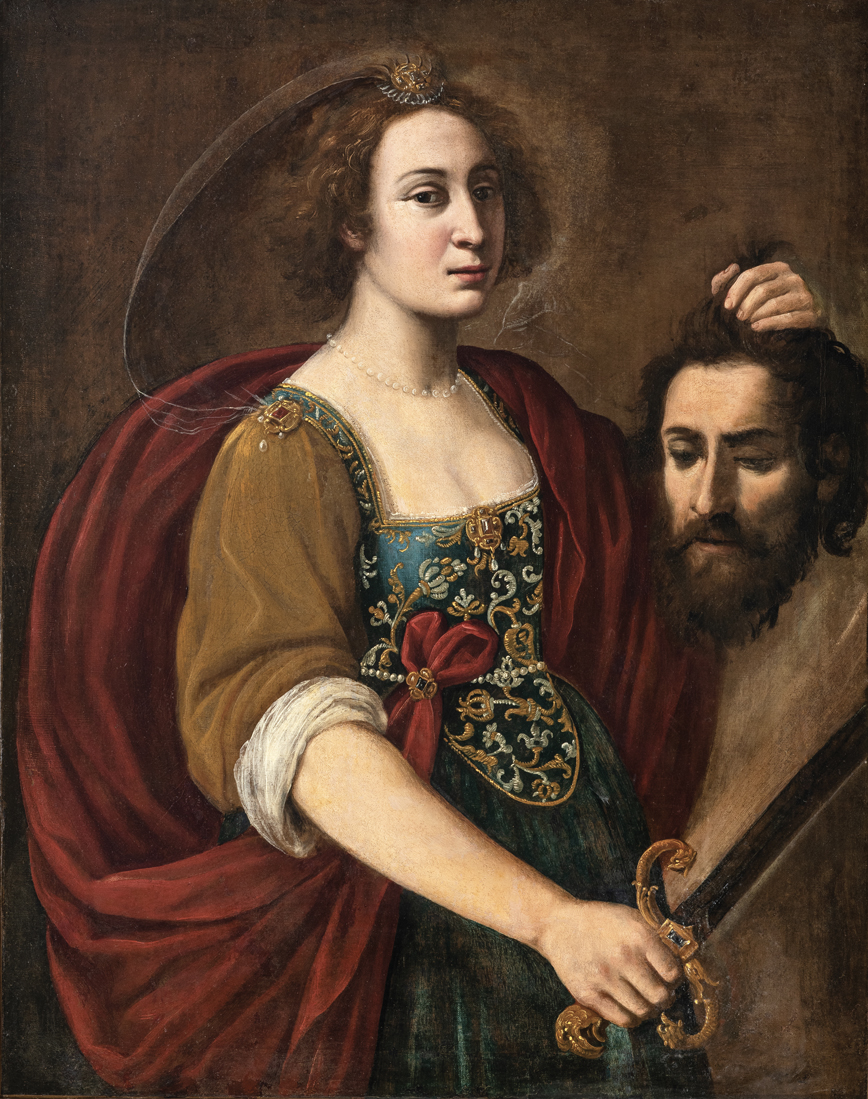Antonio Gesino
Italian painting has always been nourished by the culture of the territory. There are many municipalities, countless artistic schools with well-defined characteristics, such as drawing for the Tuscan school and colour for the Veneto school. The next auction of Old Master Paintings will present extremely interesting works such as Judith and Holofernes by Giuseppe Vermiglio (Milan, 1585? – post 1635). Despite depicting a brutal and macabre subject, the painting has the typical characteristics of Vermiglio’s Caravaggio style with classicist declinations typical of the Emilian school, but also inspired by Pomarancio’s creations, by Rubens’ illustrative models and, in particular, by the spirit of working on paintings together, typical of Roman workshops and shared by Tommaso Salini, Leonello Spada, Rutilio Manetti and Giovanni Francesco Guerrieri. Of great scenographic impact is the painting by Anton Maria Vassallo (Genoa, 1620 – Milan, 1664), depicting Mars and Venus. Here, the painter considered the most Flemish of the Genoese – by virtue of his training with Vincent Malò, who was a pupil of Rubens – undoubtedly shows a familiarity with the models of Rubens and Van Dyck but through a naturalism in a Baroque key with results of extraordinary elegance, as the glittering still life piece depicting armour, swords, and spears in the foreground. During the 17th century it was common for figure and still life painters to work together. The increased specialisation of painters and the increasingly refined taste of collectors facilitated this practice, which ensured the best aesthetic and qualitative results. In the Allegory of Sleep, the figure of the putto is attributed by Franco Moro to Carlo Maratti (Camerano, 1625 – Rome, 1713), while the floral vase to Mario Nuzzi, one of the most successful florists of the Baroque era. The result is a mysterious and intriguing canvas where the human figure and nature are part of a composition of rare balance.



